Jasmine garden strawberry: description, planting, care and reproduction
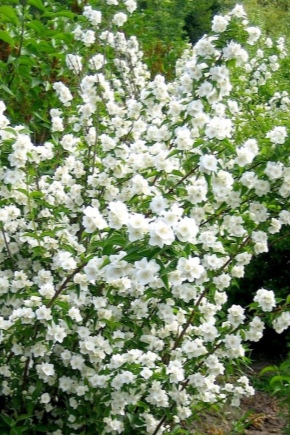
Plants that are similar in appearance can often be found in nature. For this reason, the same flower can have two names. Such plants include strawberry garden jasmine, or mock orange. Due to its appearance and pleasant sweet aroma, it is called strawberry jasmine. The plant got its second name - chubushnik - because of the elastic and strong branches, from which mouthpieces and shafts were made earlier.

Description
Outwardly, the plant looks like a short shrub with thin and neat twigs. The peculiarities of the chubushnik are its leaves: they are small, narrow and have a sharp shape. It is because of the shape of the leaves that it is sometimes also called "small-leaved chubushnik". On the branches, white semi-double flowers bloom with the smell of strawberries and up to 2 cm in diameter. Mostly flowers bloom one by one, but they can also form small inflorescences of 3 pieces.
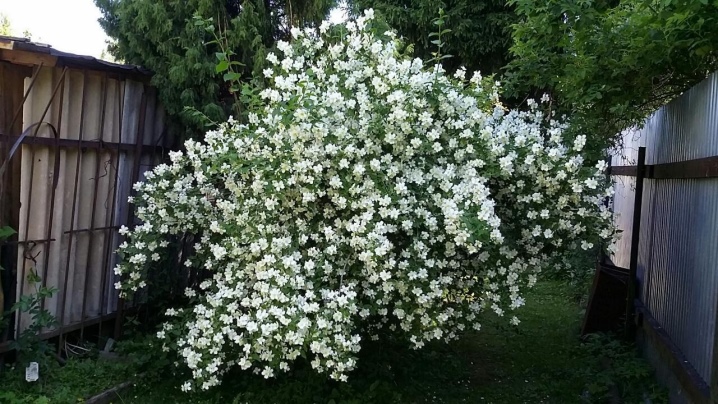
The shrub blooms profusely, and due to the abundance of flowers, the branches begin to sag to the ground. Flowering begins in late June and lasts for 3-4 weeks. As noted above, the flowers have a sweet strawberry or strawberry flavor.

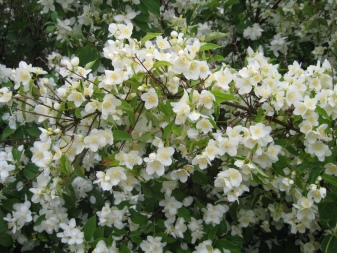
Chubushnik is a perennial shrub. From the moment of planting and then every year, the plant grows 7 cm until it reaches a height of one and a half meters. It is practically not exposed to pests and diseases. However, on the other hand, it does not withstand low temperatures and frost. At temperatures below -10 -15 degrees Celsius, the plant can freeze and die, especially for young bushes. If you take care of the bushes in a timely manner and correctly, then a mock-orange can grow in one place for many years.
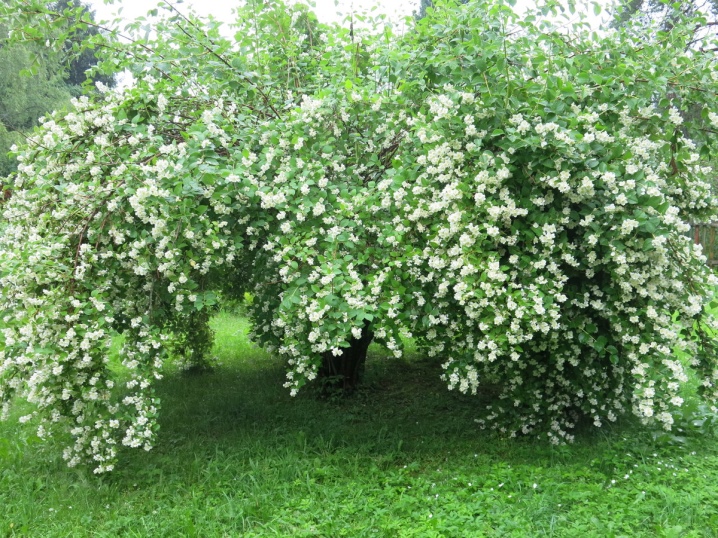
Planting and leaving
If you follow some rules, you can get a lush-flowering strawberry jasmine bush. Chubushnik can be attributed to the bushes that do not require special care, and even novice gardeners can do it on their site.

The most suitable time for planting a mock-orange is the beginning of autumn, so that the plant has time to get stronger and overwinter. Before the autumn cold, the ground around the bush should be sprinkled with sawdust. The bush itself should be well covered with woven material or overlaid with spruce branches.

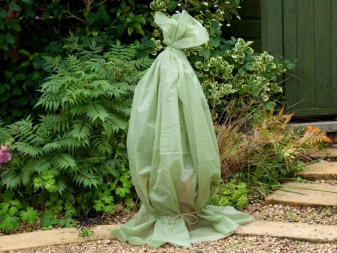
Chubushnik can be planted in the spring, but always before the formation of buds. To plant a bush, you need to choose a sunny, unshaded place. In the shade, the branches will stretch out to grow, and the bush will bloom in small flowers. Also, the plant will need to be fenced off from drafts and wind.
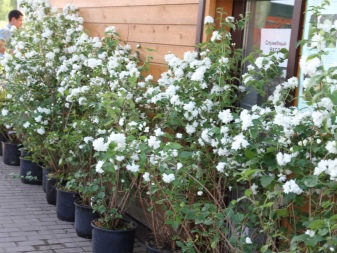

At the site of the future hole, you need to mix sand, old leaves and humus. The composition of the soil should resemble forest land. The holes are formed with a depth of 60 cm, drainage should be poured into the bottom of the hole with a layer of 10-15 cm. As a drainage, you can use crushed brick, crushed stone, pebbles. If you are planting several bushes, then the distance between them should be 1.5 meters.

The roots of the bush must be distributed evenly over the entire hole and covered with earth. Then you should form a circle around the hole and tamp the earth inside the circle. It doesn't matter when you plant the bush, in any case, after planting it must be watered abundantly with water. In general, the chubushnik needs constant watering, especially on hot days and during the flowering period. At this time, you can pour up to 3 buckets of water per bush.
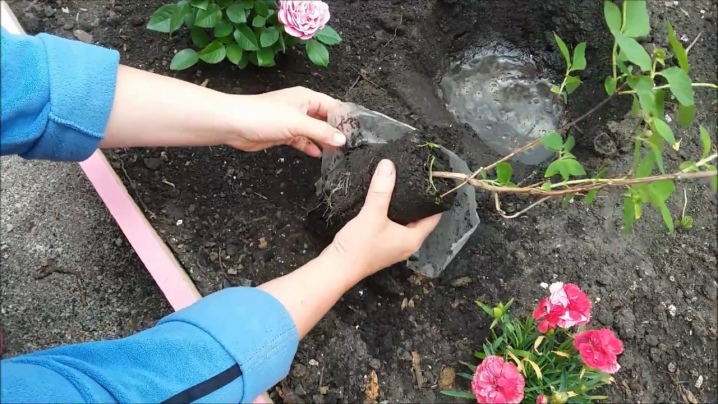
In order for the mock orange to bloom magnificently in the summer, it should be watered with a mullein in the spring, when the leaves are blooming. (1 liter of mullein to 10 liters of water).To provide the roots of the bush with air and prevent it from overgrowing with weeds, it is better to weed and loosen the land around it after each watering. If the bush has already faded, then when loosening, you can sprinkle wood ash around it immediately. It is desirable to use potassium sulfate, superphosphate or urea as mineral fertilizers. They are brought in 2-3 years after the planting of the shrub.
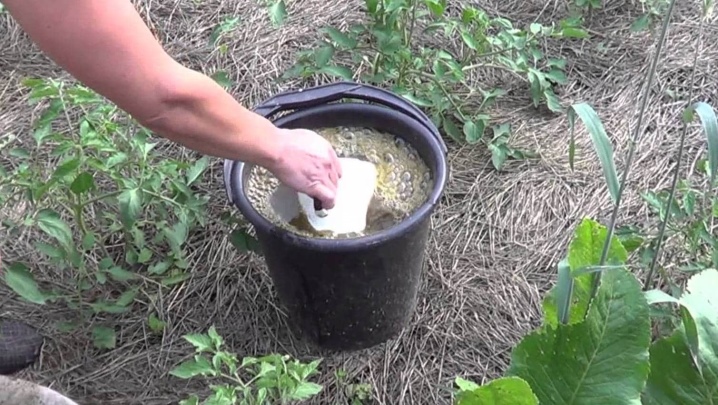
Old, diseased or frozen shoots should be removed annually in the spring. When the mock-orange begins to bloom, most of the inflorescences will be on last year's strong branches. After its flowering, the extra branches that are empty from the flowers can be removed, leaving 13-15 branches on which buds will appear again next year.
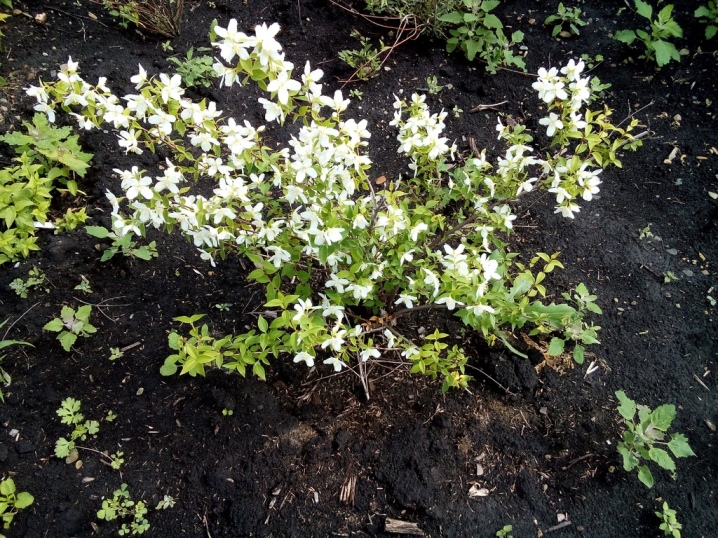
Reproduction
You can propagate a strawberry mock orange in four ways: by seeds, layering, cuttings and dividing the bush. Each of the methods has its own recommendations and features.
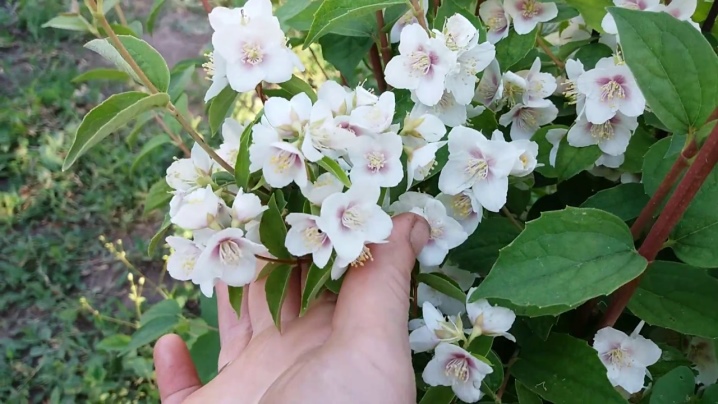
Seeds
This method takes quite a long time. At least 7 years will pass from the moment of planting to the appearance of the first flowers. But unlike shrubs obtained in a different way, such a specimen will be the most hardened and stable.
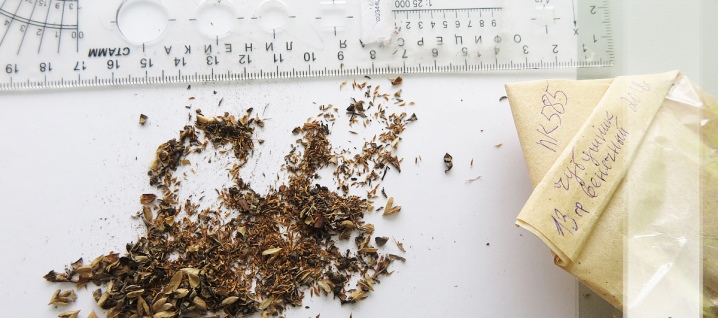
Seeds need to be sown in the soil on the eve of cold weather and snow. Then, for a safe wintering, the holes should be well covered with spruce branches and dry fallen leaves. In the spring, when the snow melts and the weather is warm, the first shoots will appear.
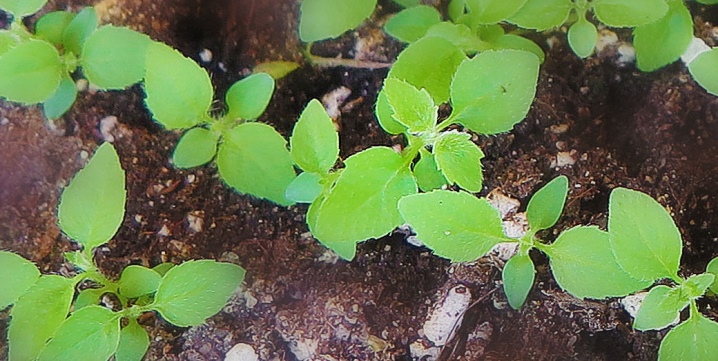
Layers
The method of propagation by layering should be carried out in late spring or early summer, so that by the fall the new bushes have time to form a root system. For this method, you need to choose the formed and strongest bushes.
All old and weak branches should be removed from the bush, leaving only large young shoots. Without separating them from the main bush, lay them side by side in pre-prepared holes and cover them with sand or peat mixture. After about 2 months, new branches will appear on these shoots, and with the onset of autumn they can be transplanted to a separate place.

Cuttings
This breeding method is best done when the mock-orange is in bloom or has just finished blooming. Cut cuttings are placed in water for two weeks. In order for the cuttings to take root better, they need to create greenhouse conditions by covering them with a jar or bag on top.
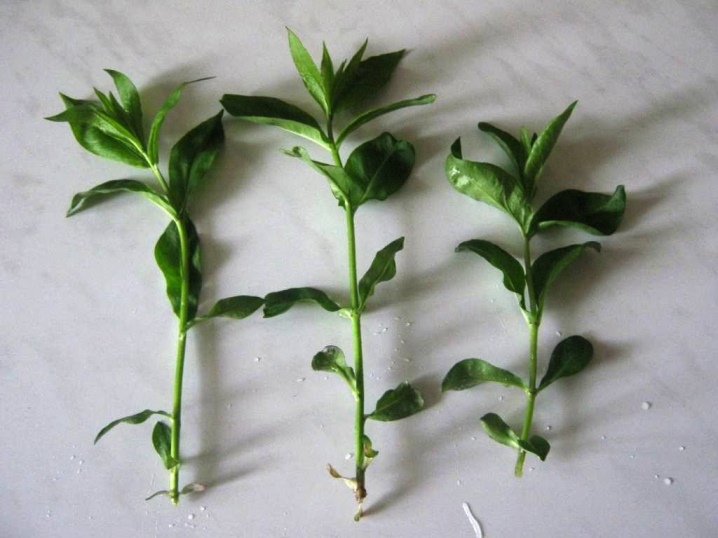
In the first days of autumn, when it is still quite warm, cuttings can be planted in prepared places on the site. So that young bushes can overwinter, it is better to cover them for the winter.
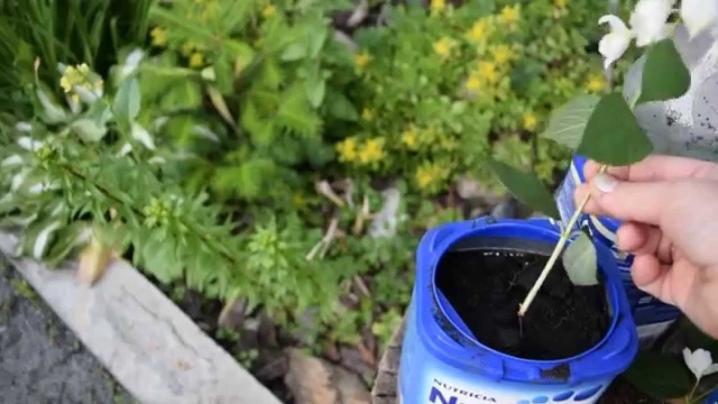
By dividing the bush
This is the simplest and most effective propagation method for all artisanal plants, including garden jasmine. It is better to carry out it after the plant has bloomed and there is still time before the onset of cold weather. The selected bush must be carefully dug out of the ground without damaging its root system. Then divide its root by the number of parts you need, each of which is planted in a previously prepared hole.
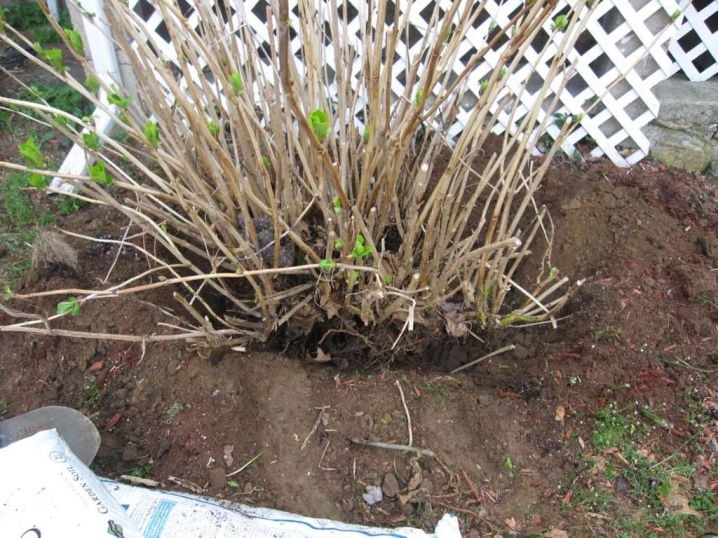
Garden jasmine is a fairly popular plant among gardeners. It does not require special maintenance, while it can not only decorate your garden or site, but also fill it with a sweet strawberry aroma.
For more information about garden strawberry jasmine, see the video.
































































The comment was sent successfully.